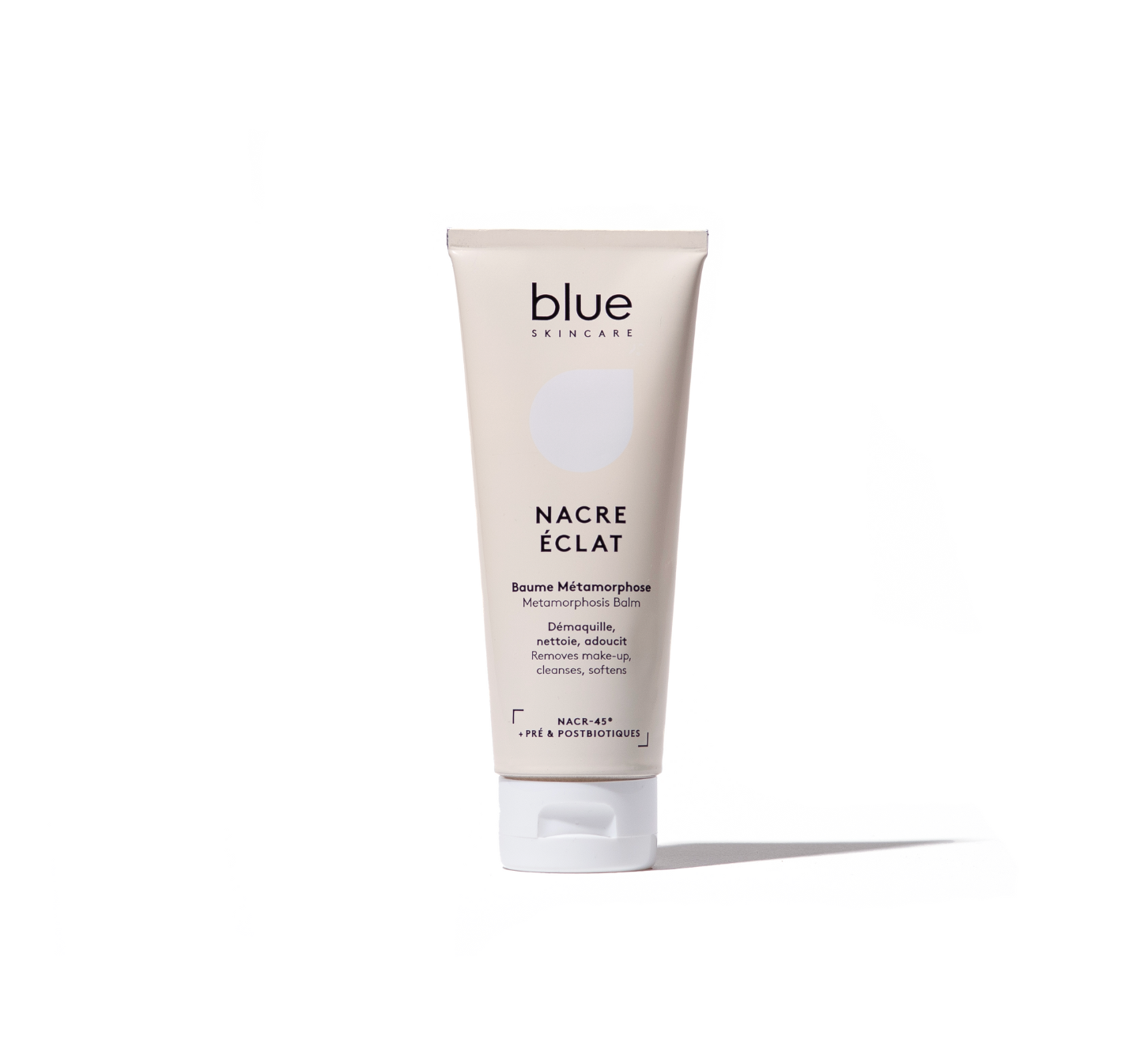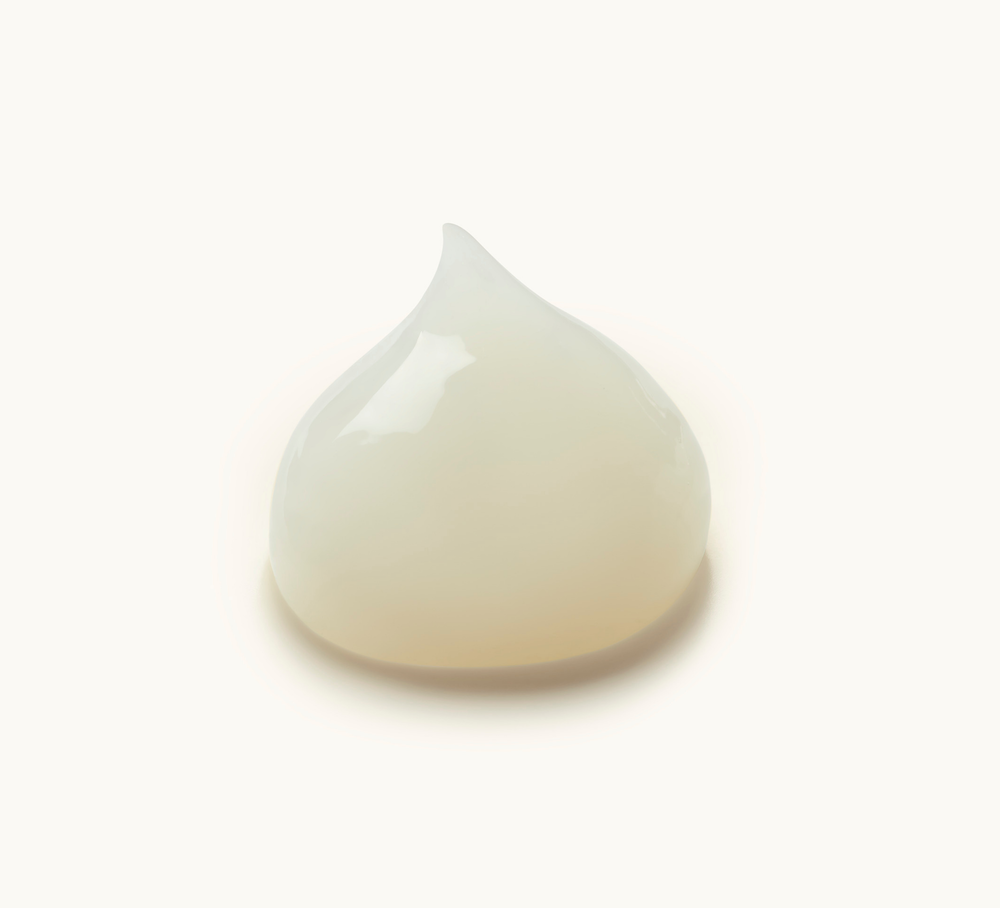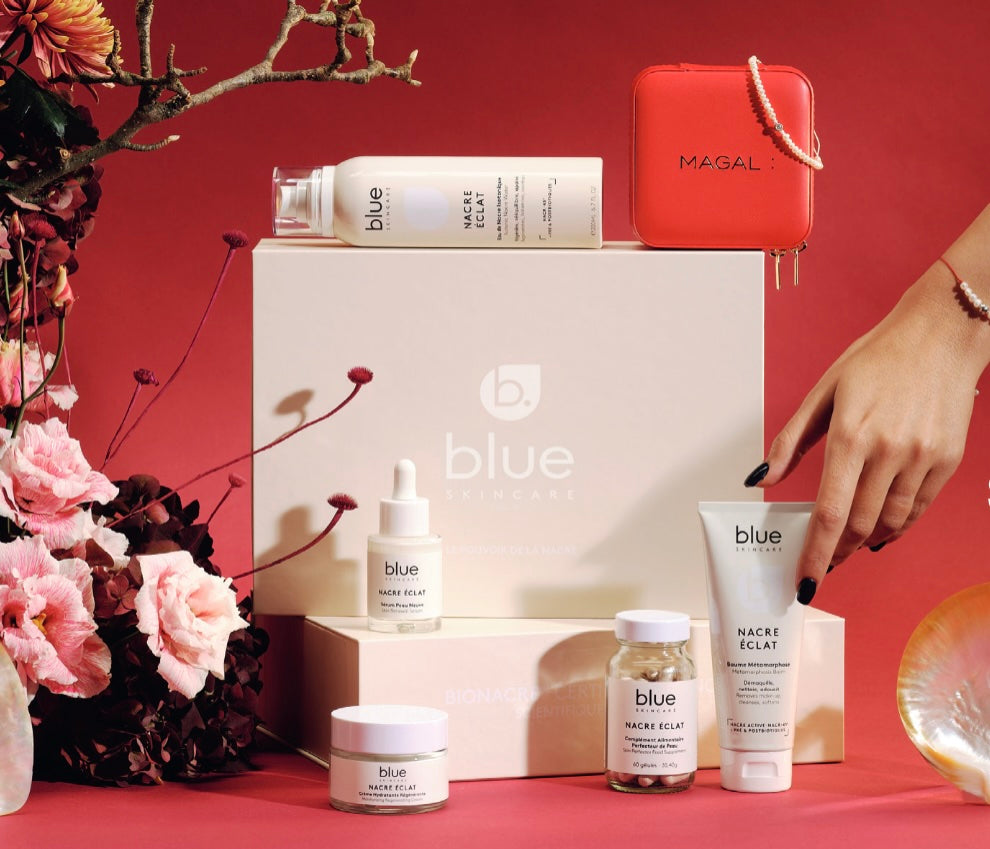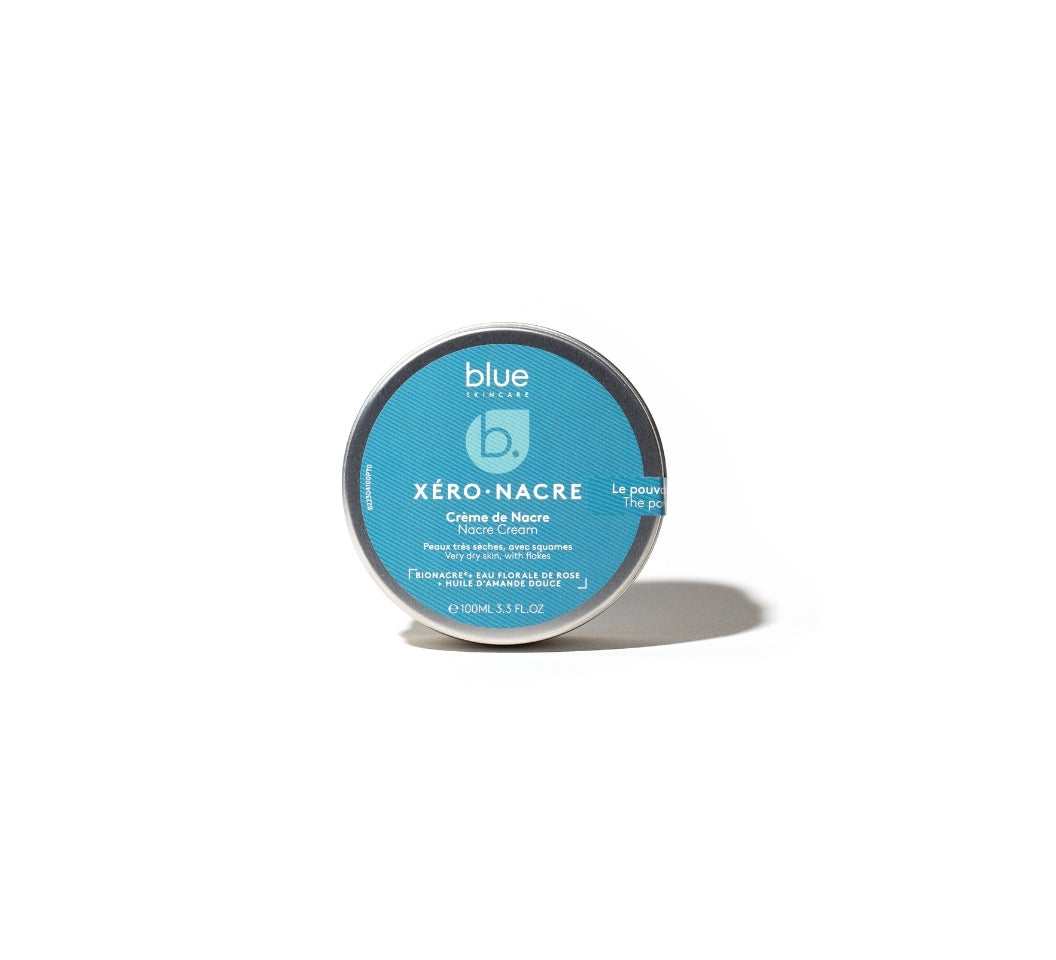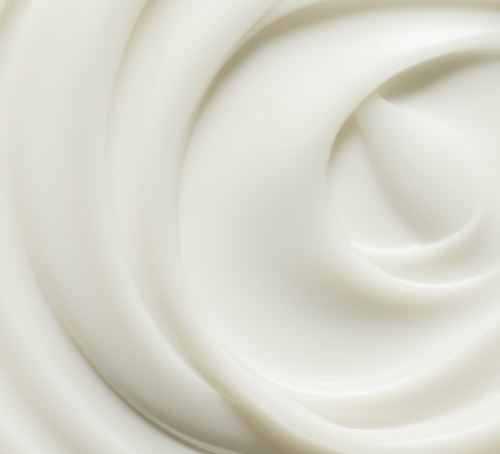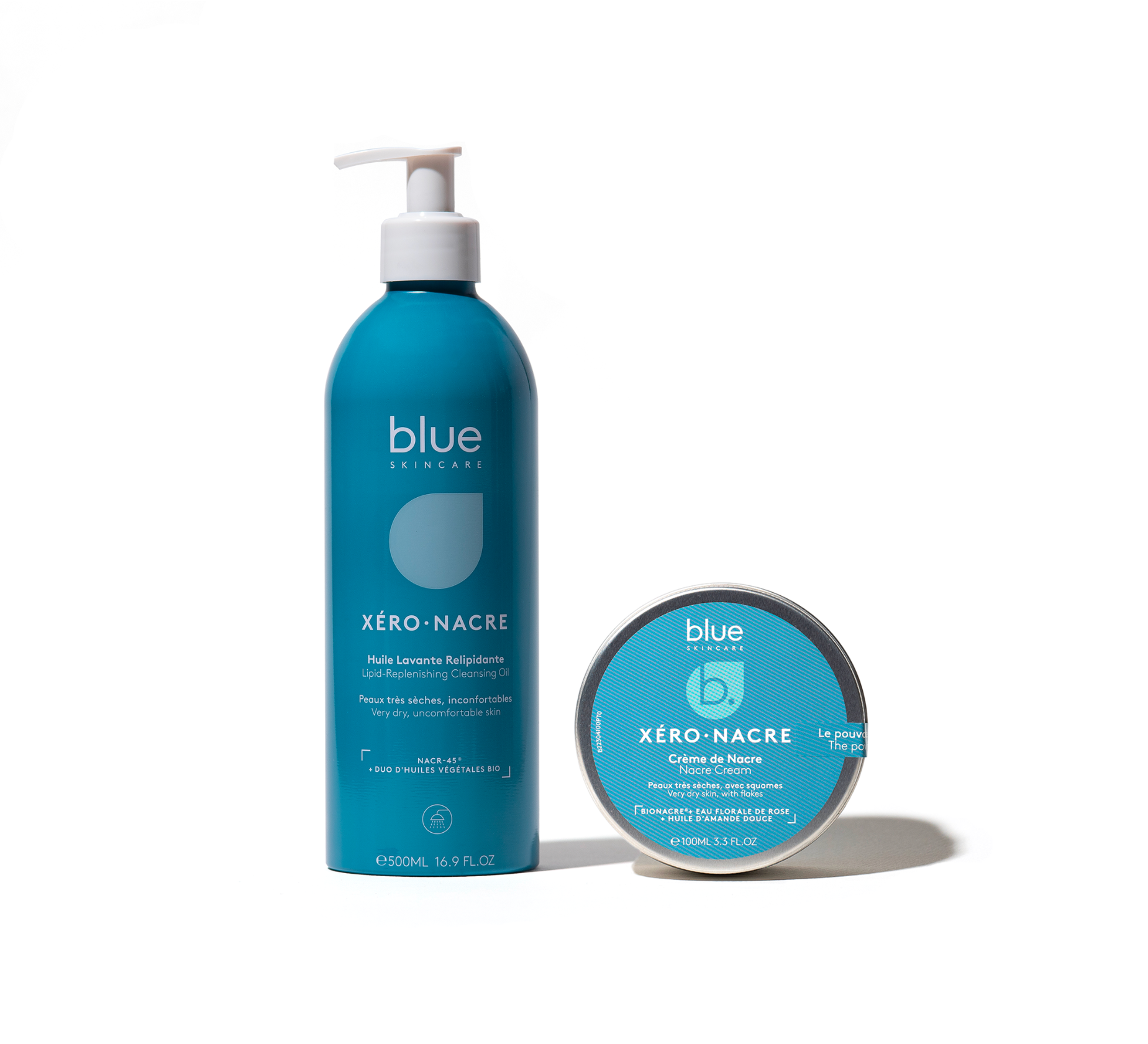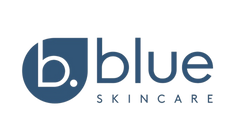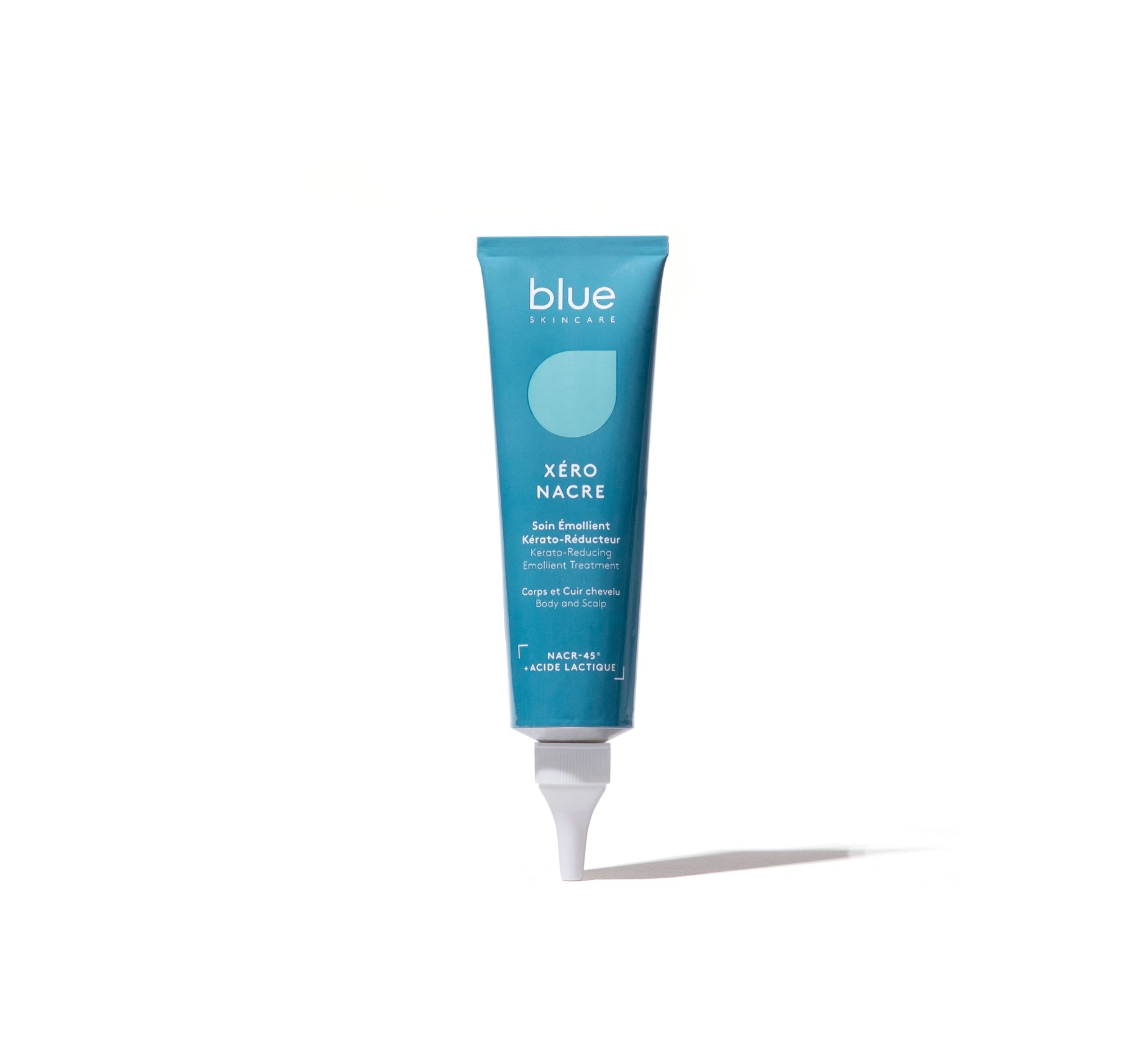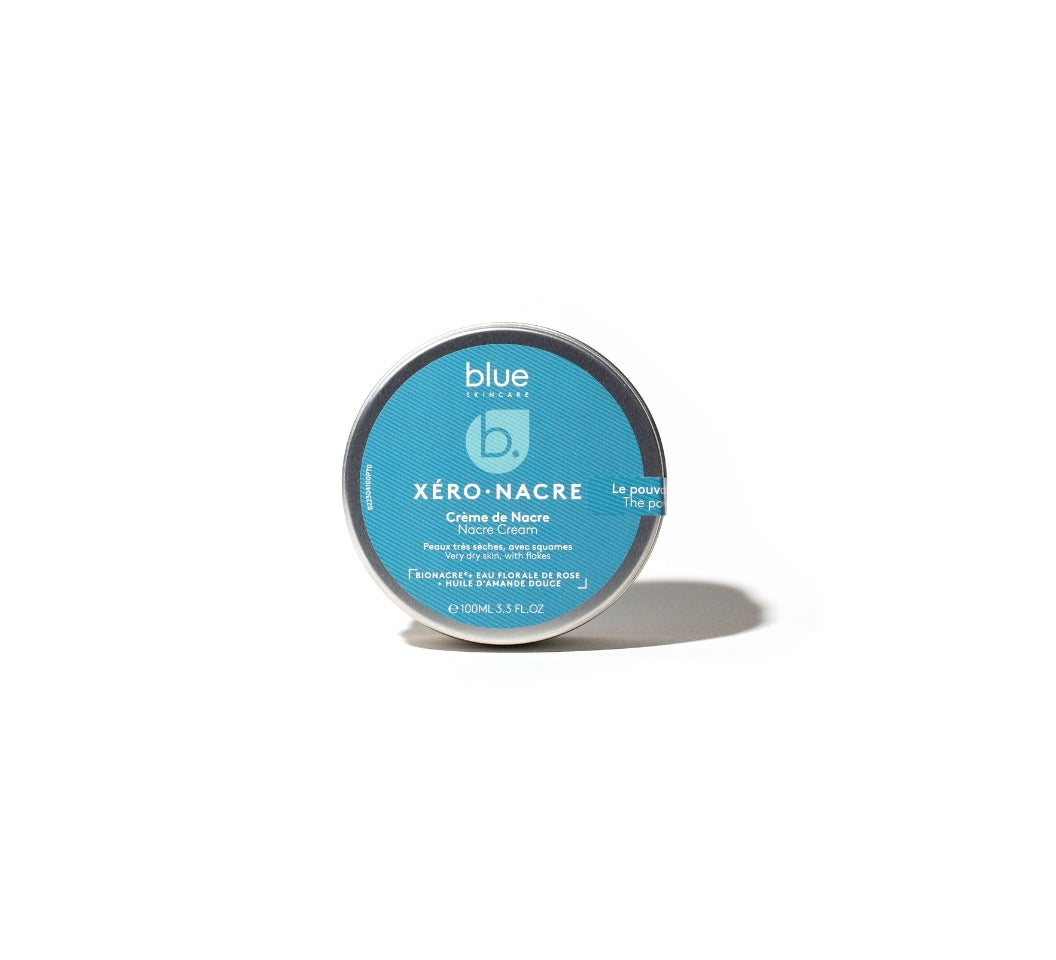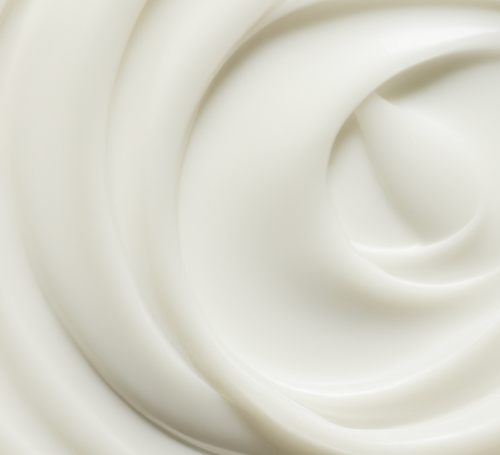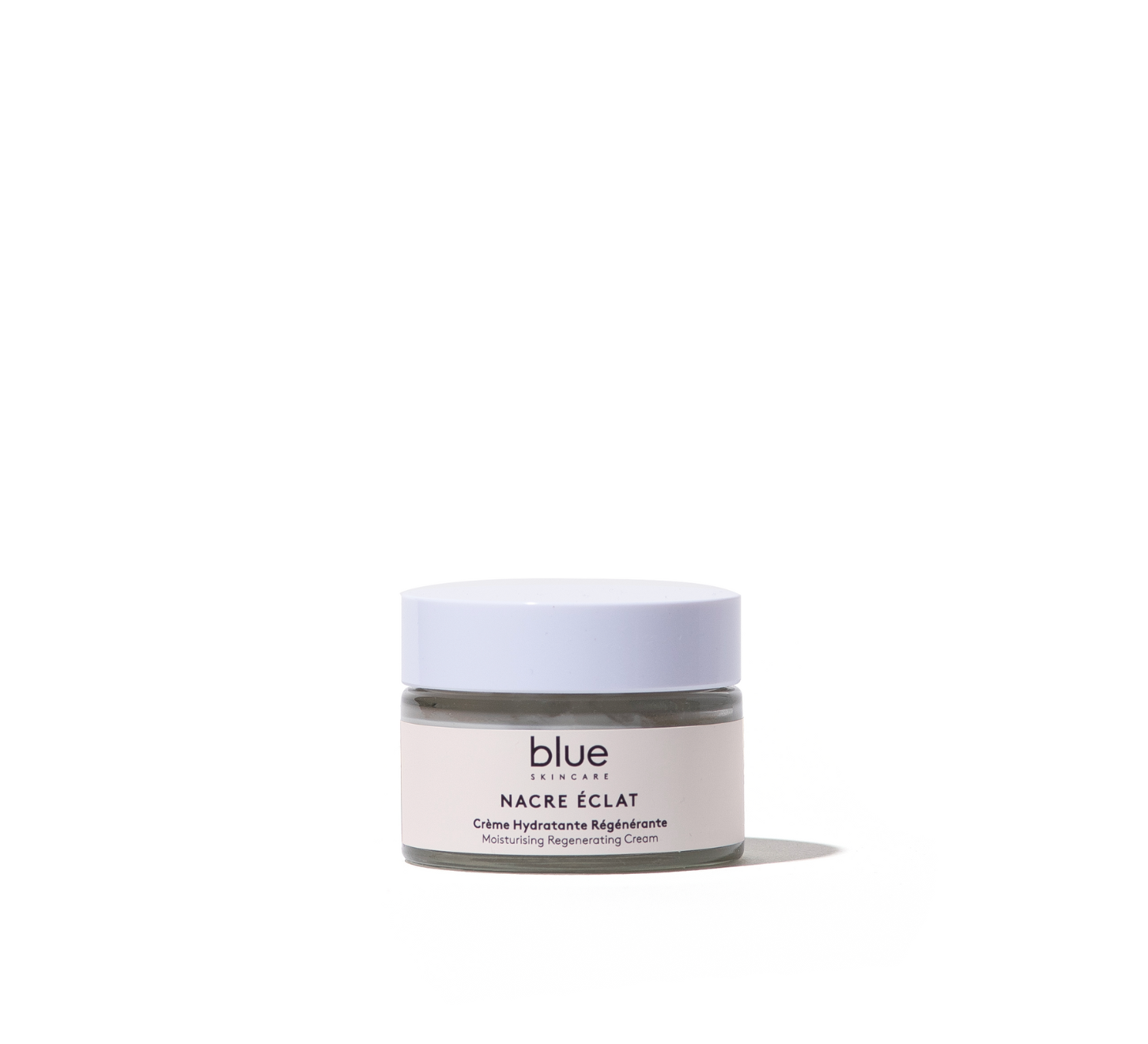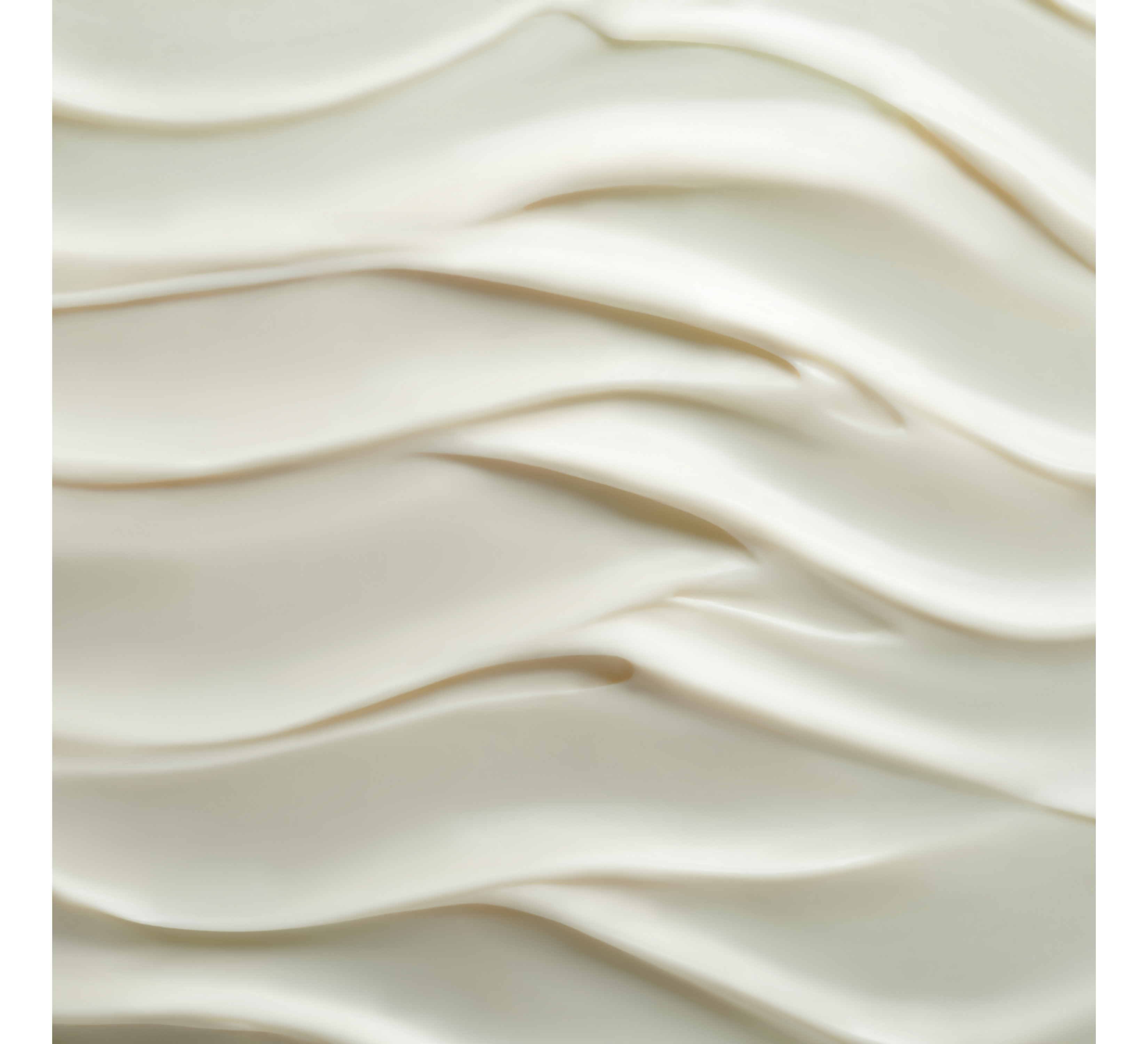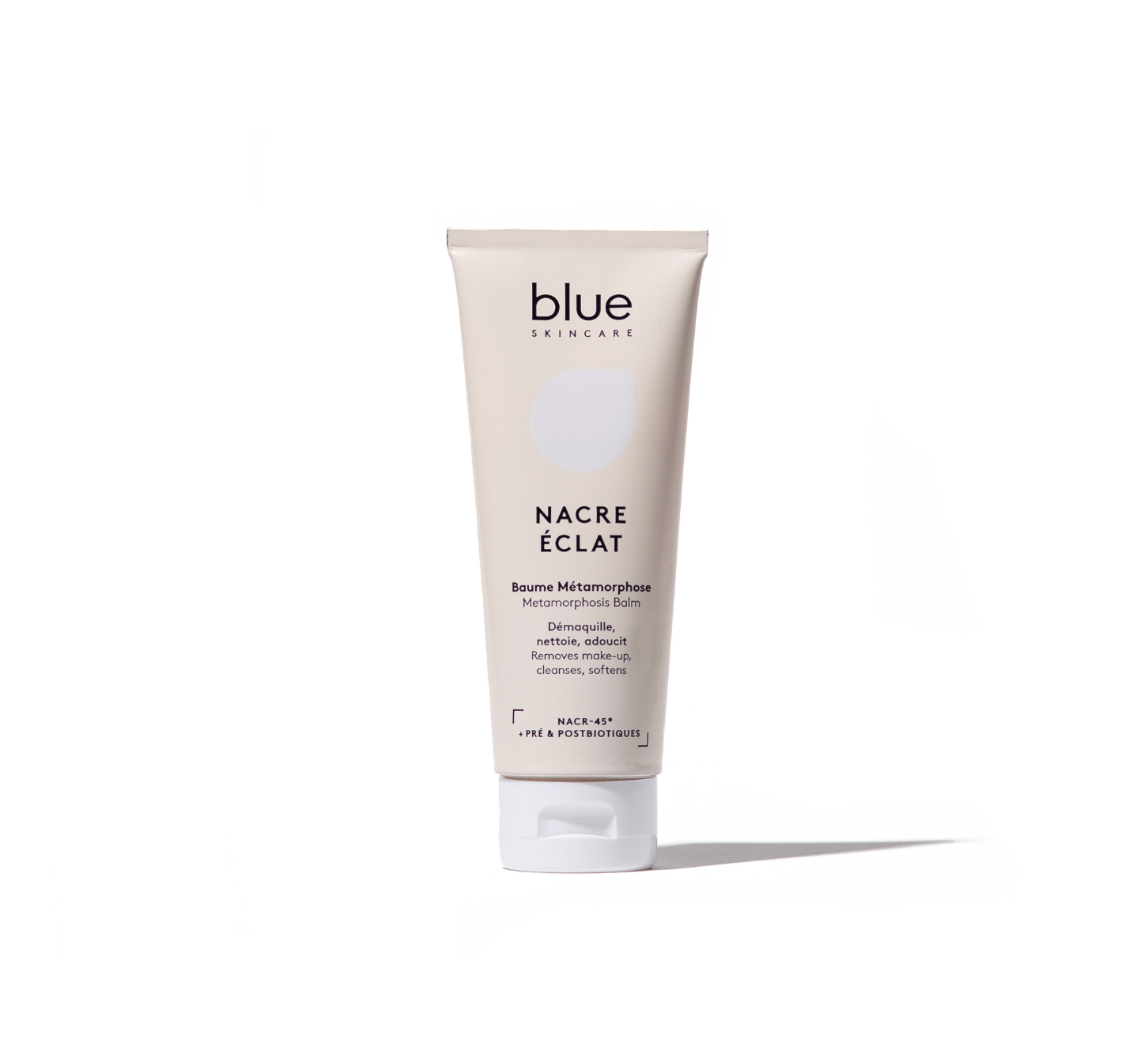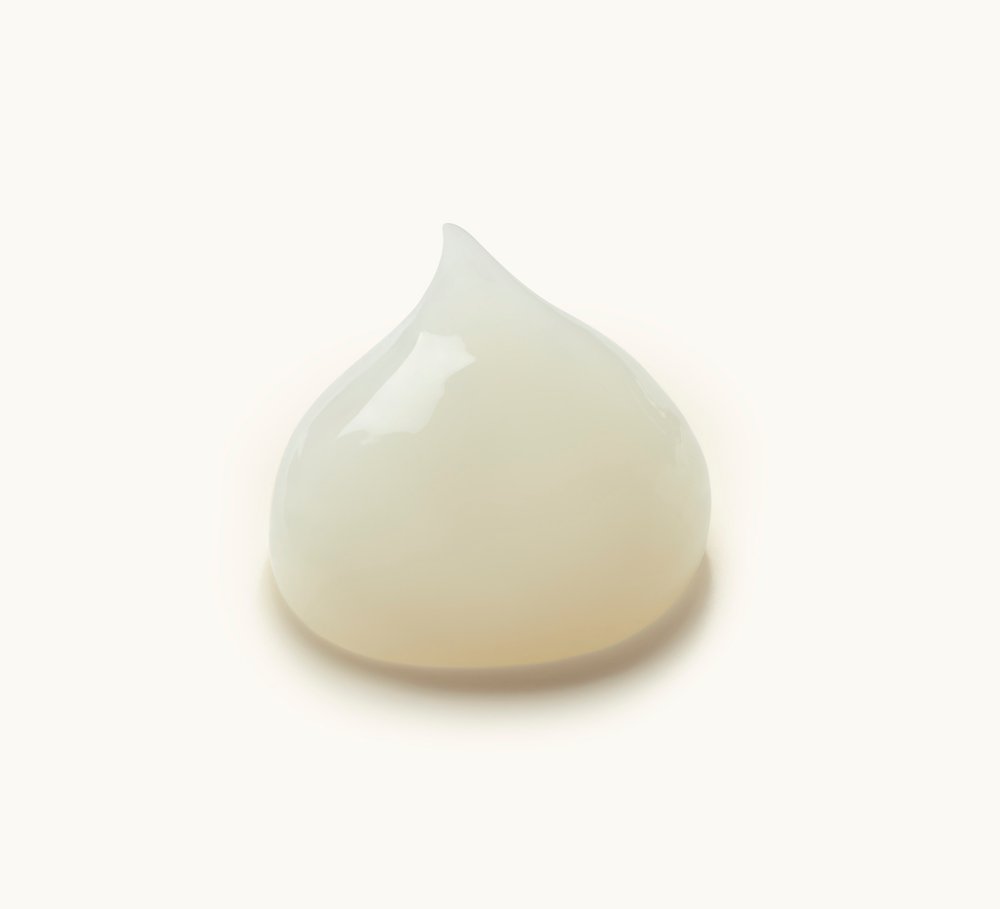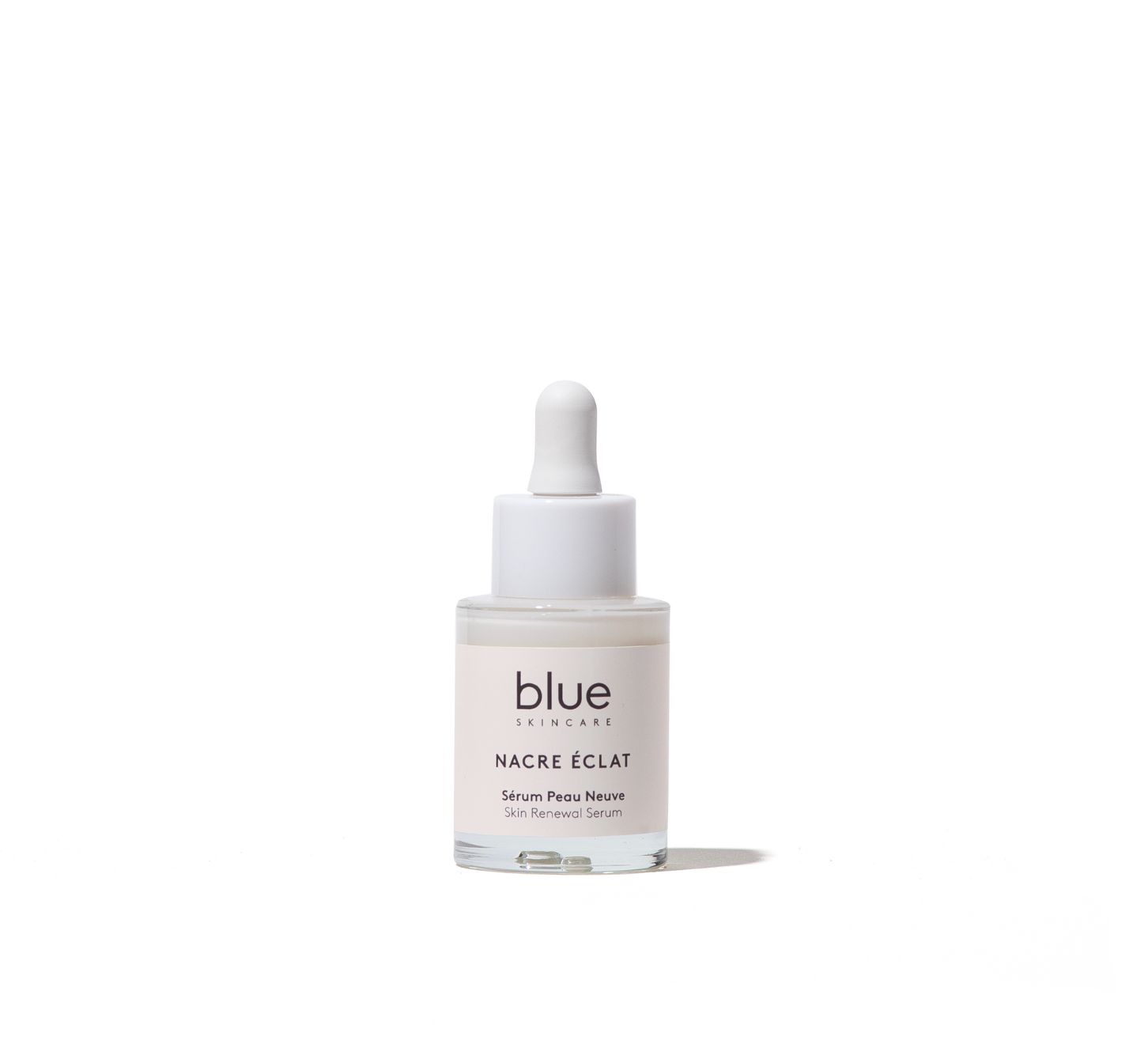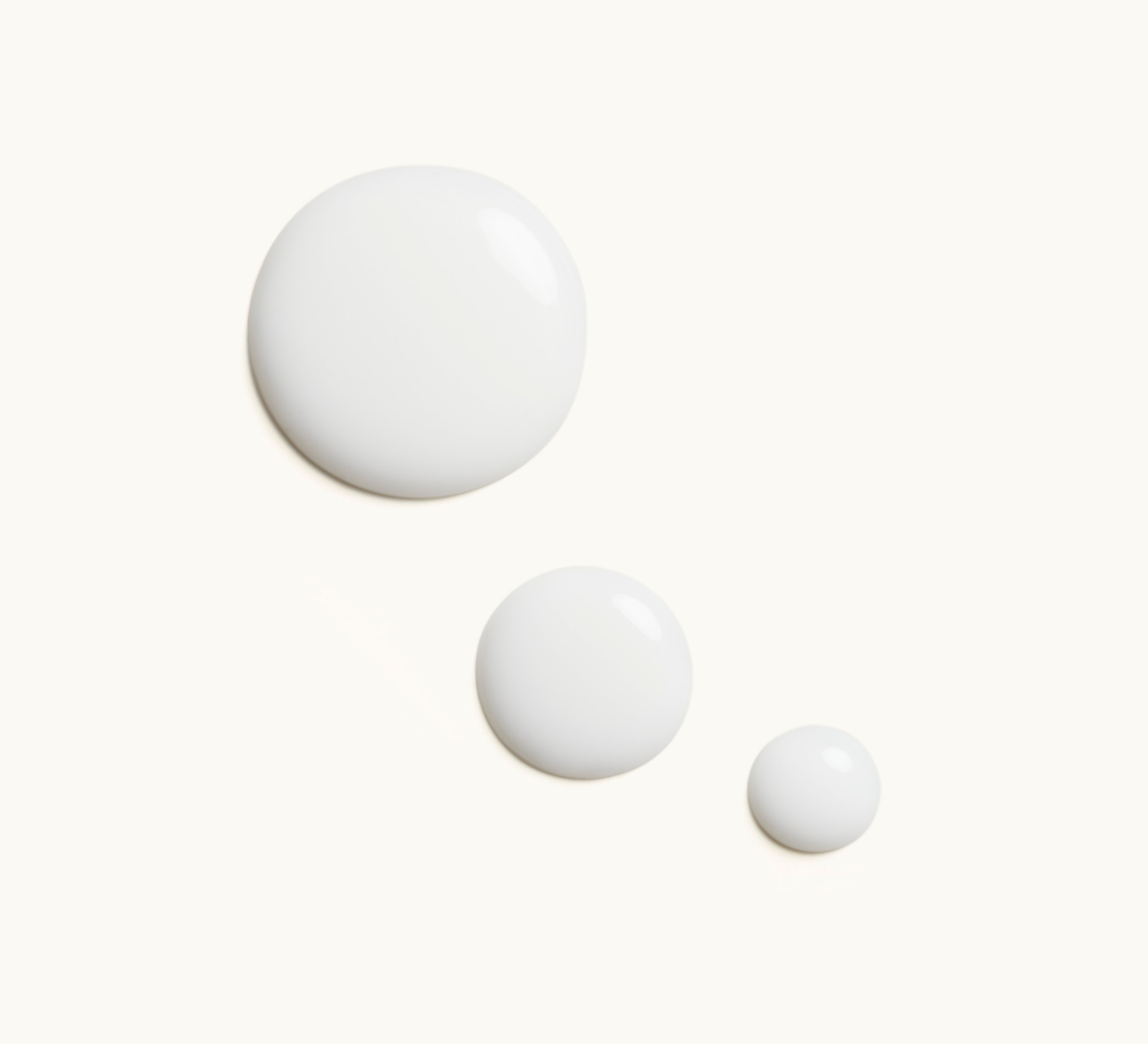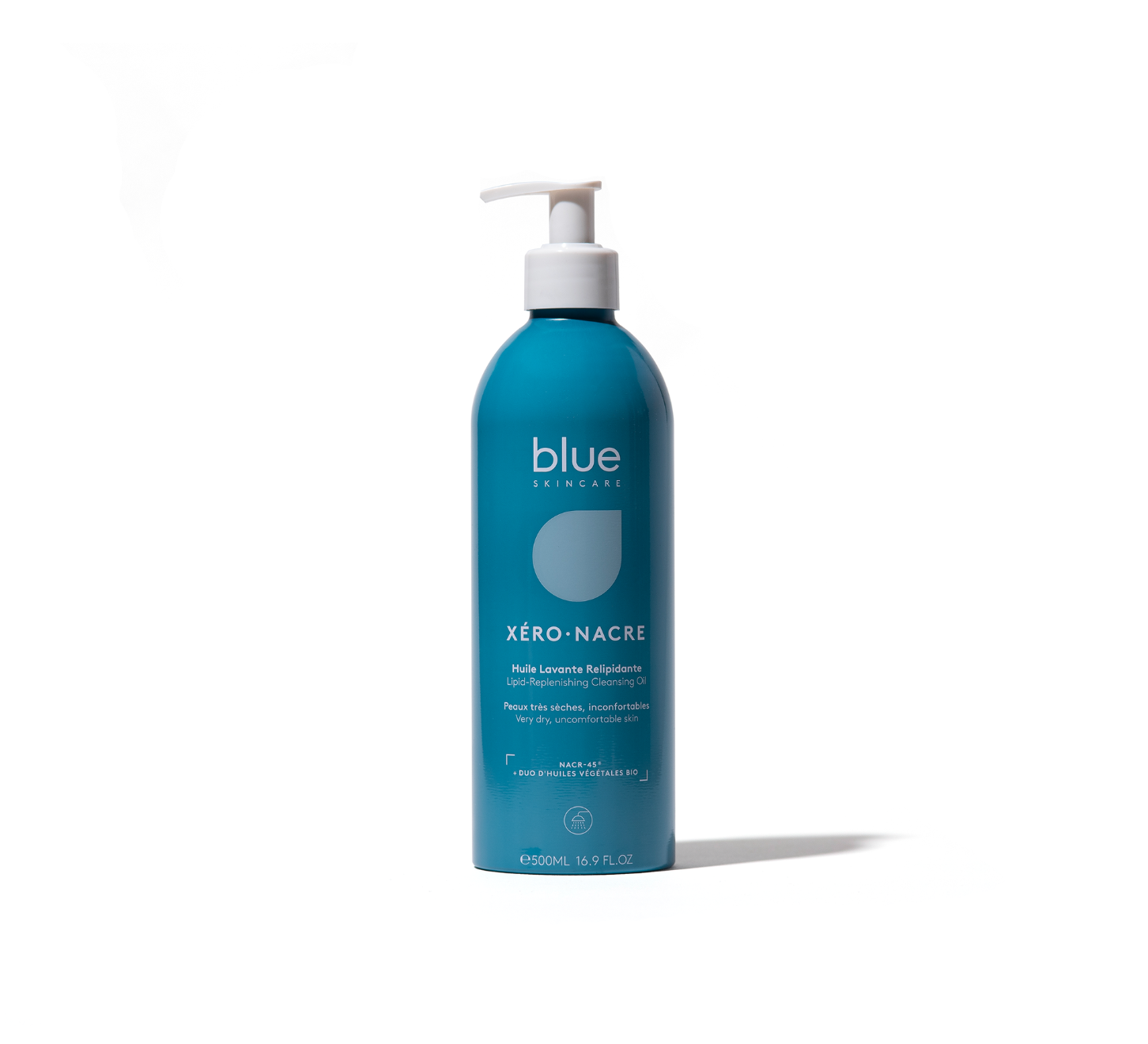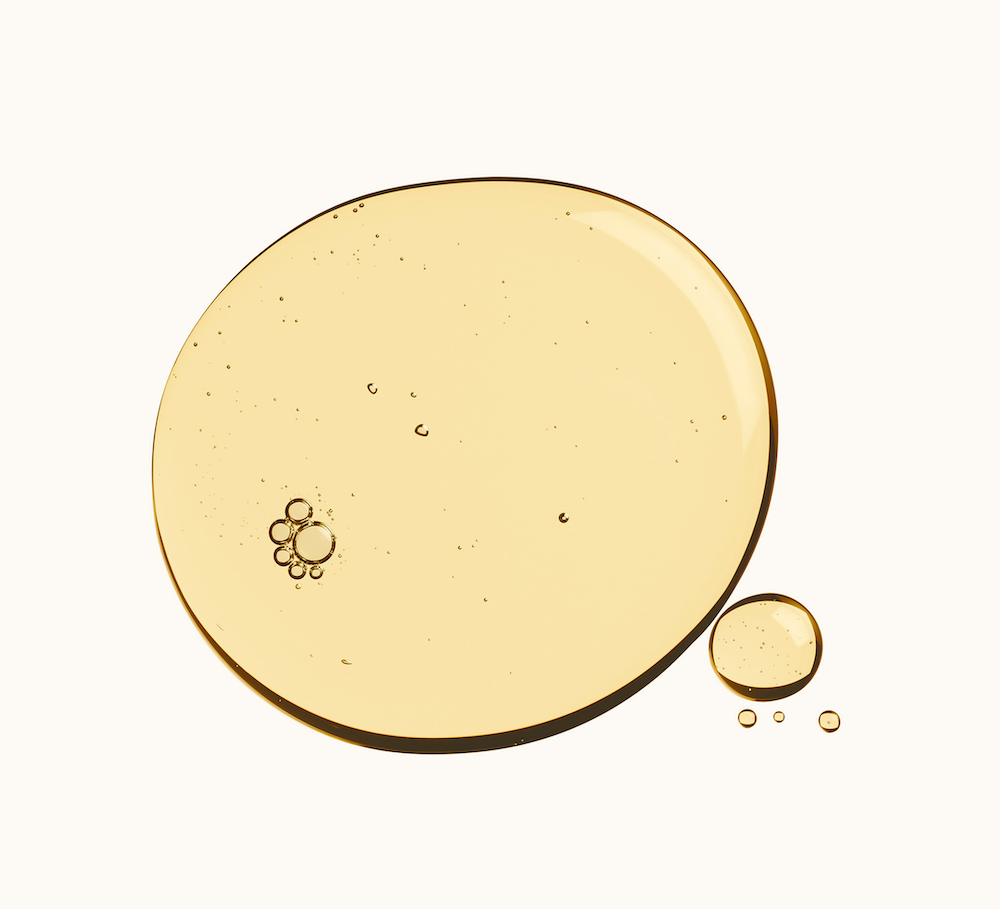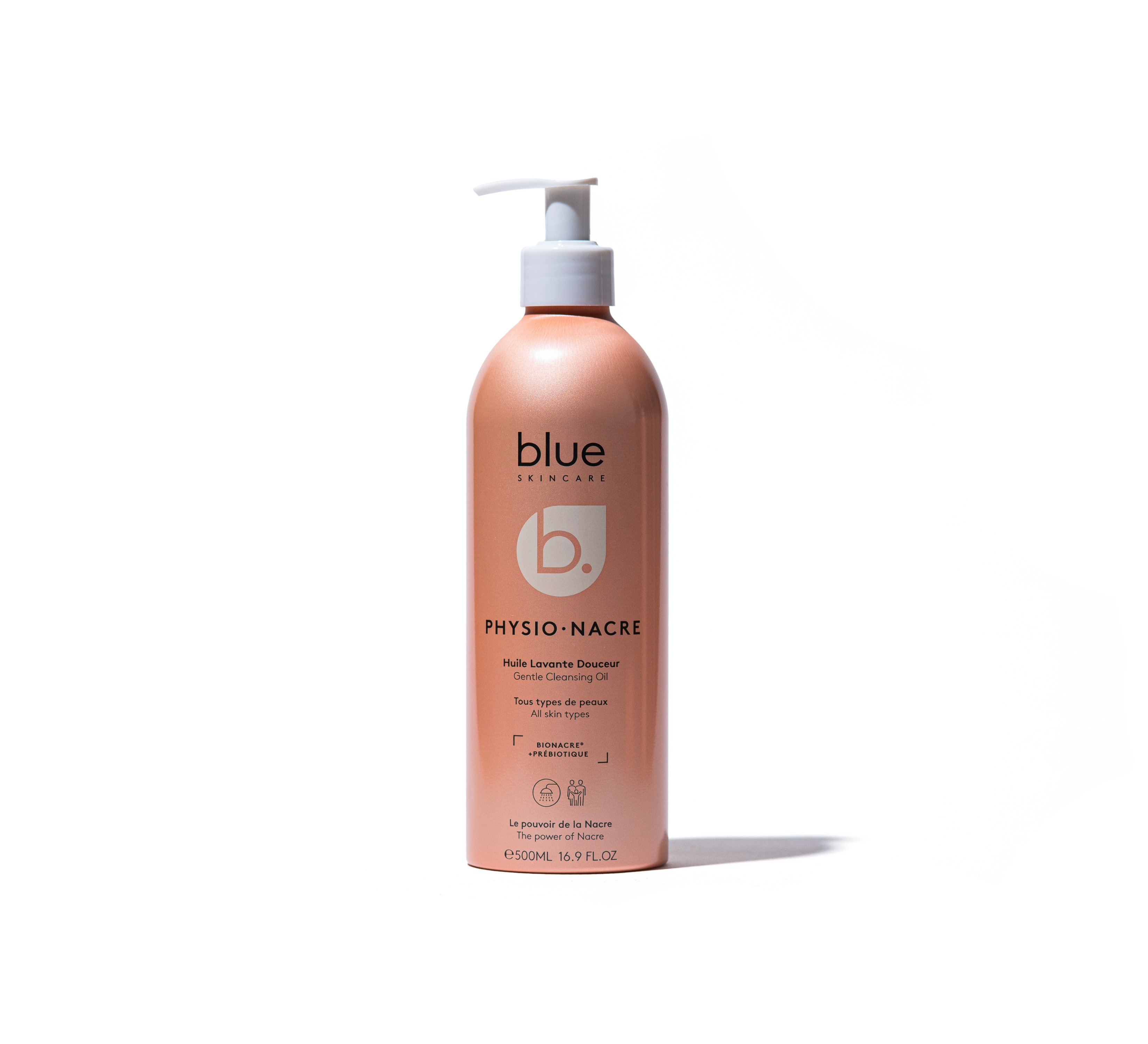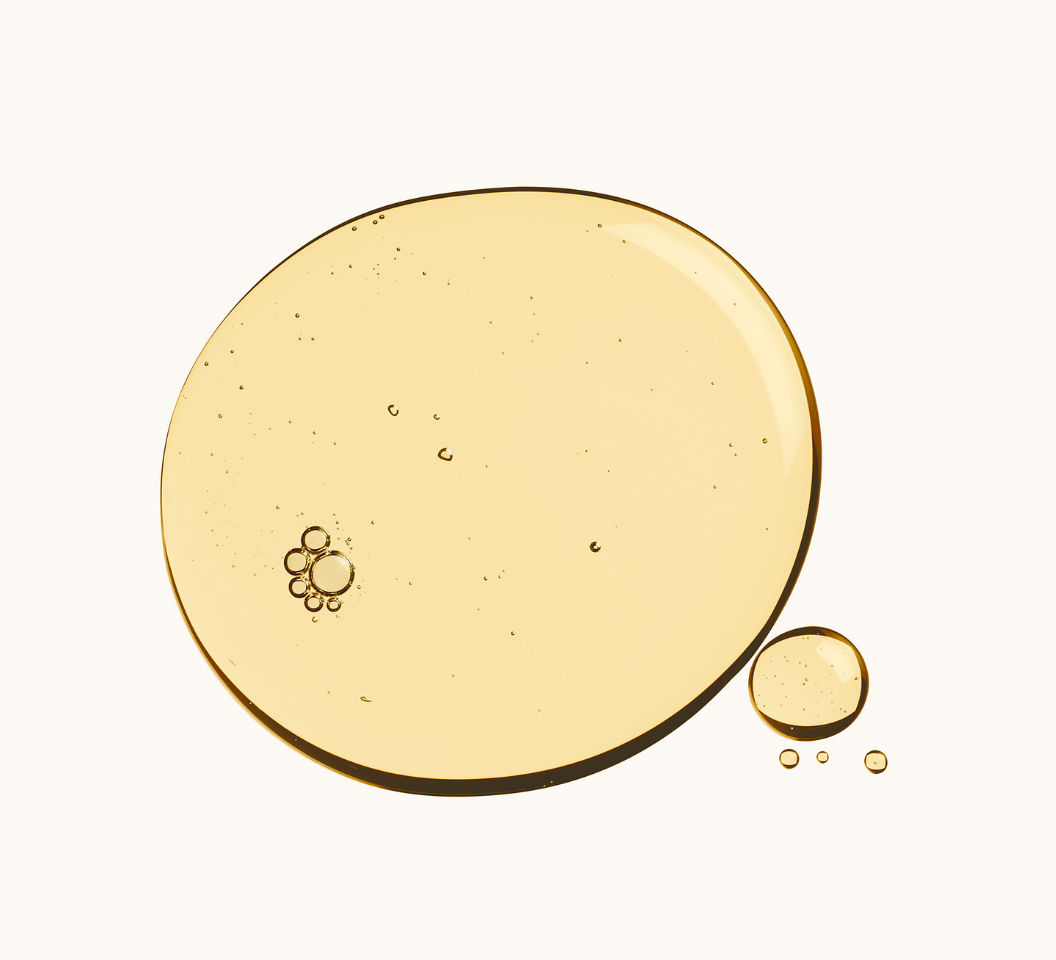Ni toute neuve, ni totalement révolutionnaire, la tendance Clean Eating, qui se traduit tout simplement par « manger propre », résonne comme une évidence positive et bienfaitrice. Manger « sain » et équilibré en suivant quelques principes ? C’est oui avec appétit !
Quelle est la définition du Clean Eating ? Littéralement, l’expression n’est pas juste, juste… mais idéale pour interpeler et entraîner dans un mouvement vertueux qui donne les règles d’une alimentation santé. En résumé, manger propre c’est surtout bannir les aliments transformés, leur préférer les aliments bruts, sans additifs et le plus frais possible. Une sorte de retour aux sources, au bon sens paysan, à la lumière de nos connaissances en santé et en nutrition actuelles.
L’origine du Clean Eating
Impossible de comprendre cette tendance sans évoquer une femme, Tosca Reno. Si elle n’est pas l’inventrice des fondamentaux de cette alimentation (l’alimentation saine déjà prônée clairement aux États-Unis dans les années 60 pour rester en bonne santé), elle en a revendiqué l’appellation et les principes.
Au départ, une histoire de kilos
Tosca, née en 1959, a eu un parcours chaotique et inspirant qu’elle appelle « un contre conte de fées ». Née dans une famille hollandaise immigrée au Canada, dans une fratrie de quatre filles, Tosca a des problèmes de poids. Quelques années plus tard, mariée et mère de trois filles, elle se décide à près de 40 ans à divorcer et à prendre sa vie (et son corps) en mains. Elle ne supporte plus ni l’un ni l’autre. Elle se lance alors dans des études, devient enseignante et rencontre son mentor, Robert Kennedy, comme par « hasard » éditeur de nombreux magazines spécialisés dans le fitness. Accompagnée par les préceptes de Robert, Tosca commence un long chemin combinant perte de poids, musculation et… alimentation saine. Plus qu’un régime, cette alimentation totalement revisitée est devenue le symbole de sa résilience et de sa métamorphose.
Puis, un véritable mouvement

Quelques années plus tard, face à de nouveaux drames personnels, Tosca va plus loin, étoffant son hygiène de vie, fondée sur le sport et l’alimentation, d’une dimension spirituelle. Elle lance alors officiellement son mouvement Clean Eating, empreint de l’ensemble des enseignements reçus, expérimentés et intégrés. En 2010, elle décide de les transmettre et commence la publication d’une dizaine de livres dont la fameuse bible du Clean Eating, « Eat-Clean Diet » en 2007. Les fondamentaux étaient posés… Aujourd’hui, le Clean Eating est représenté par d’autres figures de proue comme Gwyneth Paltrow, auteure du livre à succès The Clean Plate : eat, reset, heal. Elle y rassemble, outre ses conseils fondés sur le Clean Eating, des plans d’alimentation autour de thèmes phares comme la santé cardiaque, le candida, l’ayurveda… Pour passer à l’action, elle propose des recettes « propres » de soupes, smoothies, plats principaux, collations, desserts.
Les 14 principes du Clean Eating
Comme pour tout régime, même s’il s’agit plus d’une approche dans le cas du Clean Eating, il y a des bases à respecter.



- Acides gras. Choisissez soigneusement vos graisses ajoutées pour faire la chasse aux acides gras saturés présents dans les fritures, la margarine et même le beurre. Les huiles végétales de noix, coco, cameline, lin, ajoutées en filet sur les légumes et les poissons apportent tout leur capital de bons lipides. Attention au choix des huiles d’olive ou de colza qui peuvent être transformées et basculer dans le camp des aliments non clean.
- Bio. Privilégiez les aliments bio autant que possible. Répondant à une charte précise, le bio garantit d’être sans engrais chimiques, sans OGM ni pesticides. Puisque bio rime avec écolo, c’est en toute logique que les mangeurs clean revendiquent des aliments produits localement, de manière écoresponsable, éthique, équitable avec des emballages ayant le moins d’impact négatif sur l’environnement. Applicable aux fruits et légumes autant qu’aux protéines animales (en privilégiant les poissons et viandes blanches, moins acidifiantes pour l’organisme).
- Breakfast. Le petit-déj est un pilier du Clean Eating. Il est même considéré comme le repas de base, sorte de pierre angulaire de toute la pyramide alimentaire saine. C’est lui qui fournit le carburant au moteur pour toute la journée et qui permet au métabolisme de lancer et de maintenir l’action et la réflexion.
- Céréales. Elles doivent être complètes pour figurer dans la liste du Clean Eating ! Pour cela, observez le chiffre qui classifie la farine : entre 45 et 150, il mesure le taux de débris, appelé cendre, dans la farine. Plus il est bas, plus la farine est blanche et raffinée. Le son et le germe riches en éléments nutritifs ont été ôtés contrairement à la farine complète où tout est conservé (son, endosperme, germe, fibres, vitamines B, protéines et minéraux bénéfiques dans la prévention du cancer du côlon notamment). Le Clean Eating recommande de faire son pain maison afin de choisir sa farine, la quantité de sel ajouté et surtout sans mettre d’additifs. Complètes, les céréales favorisent la santé de la flore intestinale et réduisent l’excès de graisse abdominale.
- Couleurs. Si elles mettent de la joie dans l’assiette made in Clean Eating, elles garantissent surtout la variété dans le menu et donc, un plus large apport de vitamines et de nutriments. En ajoutant par exemple des herbes fraîches comme la ciboulette (du vert), une épice comme le curcuma (du jaune) sur un chou-fleur (du blanc) vous apportez déjà trois couleurs et trois nutriments différents.
- Cuisson. Elle conditionne la préservation des qualités nutritionnelles des aliments. Une cuisson à trop haute température, trop longue ou dans une trop grande quantité d’eau et les nutriments s’altèrent. Astuce : quand vous cuisez des légumes dans l’eau, utilisez-la ensuite comme base de sauce ou intégrez-la dans une soupe ou un bouillon pour récupérer les nutriments perdus.
- Eau. Essentielle, fondamentale, elle garantit le fonctionnement de l’ensemble des organes, un bon transit, la communication cellulaire et surtout sans additifs qui troubleraient les messages. Le thé, les tisanes et un peu de café non sucrés complètent la juste quantité d’eau mais ne la remplacent en aucun cas. Les apôtres de la clean Food conseillent de boire beaucoup d’eau, prônant même de boire jusqu’à deux à trois litres par jour… On évite bien sûr l’alcool, riche en sucres et en calories vides, inflammatoire, à l’origine de troubles hépatiques et cardiovasculaires.
- Étiquettes. Ayez le réflexe de les lire et surtout de les décoder. Traquez les colorants, les additifs, le sucre même dans les aliments salés, le sel même dans les aliments sucrés !
- Fractionnement. Sortez des trois repas basiques et agrémentez-les de collations (une le matin et une l’après-midi) afin de limiter les coups de barre qui incitent à se jeter sur tout ce qui traine dans les placards. Les adeptes du Clean Eating prennent jusqu’à 6 repas par jour.
- Home made. Cuisinez vous-même et adoptez la lunch box si vous travaillez à l’extérieur. Inspirez-vous du batch cooking, cette méthode qui consiste à préparer en une journée les repas de toute une semaine. Si l’idée de passer une journée entière à cuisiner 6 ou 7 plats vous déplait, a minima, cuisinez des basiques qui vous feront gagner du temps dans la préparation de vos menus : riz, quinoa, lentilles (mais sans dépasser 3 jours au réfrigérateur), préparez des légumes et des herbes fraîches afin qu’ils soient prêts à manger (salade épluchée, lavée, essorée conservée dans une boite au réfrigérateur, avec une feuille de papier absorbant pour ôter l’excédent d’humidité), faites cuire quelques œufs durs, avancez-vous avec un poulet qui, une fois cuit, servira de base à plusieurs repas et même à un délicieux bouillon avec la carcasse. Bref, ayez le réflexe des anciens qui maitrisaient l’art d’utiliser les restes.
- Plaisir. Tosca Reno, passée par de nombreuses approches et thérapies holistiques, insiste sur le caractère non négociable de tout « régime » alimentaire : le plaisir. Il éveille les sens et favorise une excellente assimilation des nutriments.
- Satiété. Retrouvez la notion de satiété et de faim, vous êtes à l’écoute de votre corps, de son ressenti, de ses envies et du plaisir de manger tel ou tel aliment. Lié à cette notion de plaisir, le fait de manger en pleine conscience, en mâchant soigneusement et en prenant son temps pour déguster chaque repas ou collation.
- Sel. Le moins possible de sel ajouté, les aliments bruts en contenant déjà naturellement. Pour relever vos plats, préférez-lui les herbes fraîches et les épices.
- Sucre. Sans évidemment ! Ou le moins possible. Mieux, choisissez un sucre de substitution : miel, sirop d’agave, sucre de coco, pomme déshydratée moulue. Pas question d’utiliser un édulcorant, un véritable leurre pour le cerveau qui ressent la saveur sucrée sans enregistrer les calories et qui en demande alors toujours plus.
Les aliments santé du Clean Eating

La liste des catégories d’aliments du manger sains est longue :
- Céréales complètes : riz complet, avoine, et pseudo céréales comme le quinoa
- Eau ou eau citronnée
- Fruits et légumes frais
- Huiles végétales de qualité : huile d’olive première pression, de coco, de colza, de chanvre, de cameline
- Légumineuses : haricots secs, lentilles
- Oléagineux : graines de lin, de courge, noix, amandes, noisettes, noix du Brésil
- Poissons et viandes issus d’un élevage biologique
- Produits laitiers
- Super aliments : matcha, maca, goji… contestés par d’autres mouvements de fooding en raison de la provenance lointaine de certains
- Thé et café non sucrés
- Alternatives au sucre : miel, fleur de coco
Les aliments interdits du Clean Eating
Ce sont tous les aliments transformés et bourrés d’additifs (comme les colorants, les arômes artificiels, les édulcorants). A minima, les aliments doivent être très peu transformés, donc le plus près possible du producteur et de son terroir afin d’éviter les nombreuses étapes de transformation.
A éviter :
- Alcool
- Boissons sucrées : sodas, jus de fruits sucrés industriels, même dits « naturels »
- Céréales blanches réalisées avec de la farine blanche très raffinée
- Fast et Junk Food
- Matières grasses hydrogénées : huile de friture, margarine
- Plats préparés
- Sucre
Les avantages du Clean Eating

Manger clean, d’abord c’est plutôt facile. C’est manger sain (bonnes graisses, fruits et légumes et prévenir la majorité des maladies métaboliques (comme le diabète), auto-immunes (cancers) et cardiovasculaires. C’est aussi moins de fatigue et, en prime, les organes émonctoires (qui permettent l’élimination des toxines) fonctionnant de manière optimale, la peau est plus saine, plus belle ! Ne rejetant pas les protéines animales, le Clean Eating contribue à fournir et entretenir une musculature de qualité (indispensable à l’exercice prôné par Tosca Reno l’inventrice de cette méthode). Bénéfice collatéral, on s’approche plus facilement de son poids de forme, celui qui est en parfaite adéquation avec son métabolisme. On le rappelle, on ne mange pas sain, clean, pour maigrir… mais pour être en phase avec son corps et son juste poids. Enfin, le sucre (ou plus précisément son éviction) étant au centre de cette méthode, le risque de surpoids s’éloigne en même temps que de nombreuses pathologies « nourries » par le sucre comme le vieillissement prématuré. Souple, le Clean Eating invite au 80/20 c’est-à-dire, respect total des règles pendant 80% du temps, avec quelques écarts pour les 20% restants, vite compensés par la structure de l’alimentation saine et équilibrée de cette méthode.
Les inconvénients du Clean Eating
Il y en a, forcément. Même si manger sain est d’une logique confondante, adopter le Clean Eating peut demander des efforts, voire des désagréments. Mais dans la balance bénéfices / risques, le choix est vite fait ! Certes, le home made prend plus de temps que d’ouvrir son frigo, son congélateur ou son placard et d’en sortir un plat tout prêt. Les détracteurs avancent l’argument économique que manger bio, local, sain, brut coûte cher. Mais… à réfléchir car un plat préparé, plein de sel (qui alourdit le tout en se gorgeant d’eau), riche en calories vides et en sucre, favorisent la fringale et le grignotage… qui coûte cher in fine. Les 5 à 6 repas par jour peuvent devenir une contrainte s’ils ne correspondent ni à son rythme de vie ni à son métabolisme. Enfin, comme tout « principe » ou modèle, si l’on veut le respecter de façon drastique, une approche binaire et manichéenne peut s’installer. Et si elle active ou réactive des peurs, elle peut entrainer des troubles alimentaires, exactement ce qui est à éviter.
Le Clean Eating, plus qu’une tendance qui risquerait de passer de mode, c’est une façon respectueuse de traiter son corps en lui apportant tous les nutriments sains dont il a besoin pour fonctionner, dans une logique de prévention des maladies liées à la malbouffe.
Mais manger sain et équilibré c’est aussi l’un des piliers du soin de soi, comme Tosca Reno le prône, aux côtés de l’exercice physique et de différentes pratiques bien-être. Un cercle vertueux pour atteindre l’harmonie.
